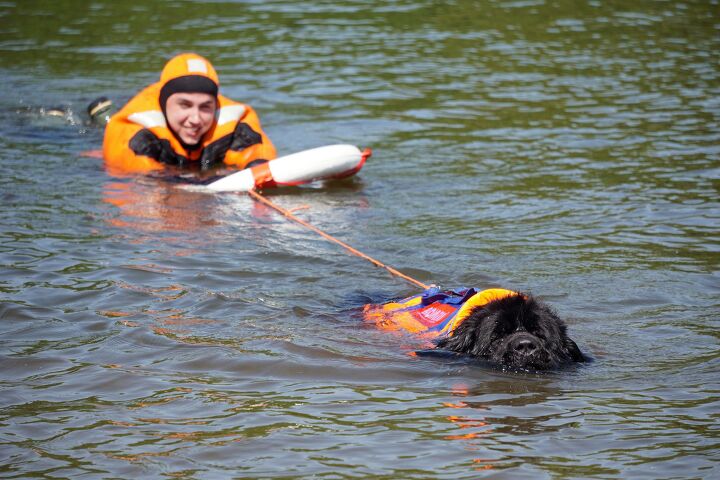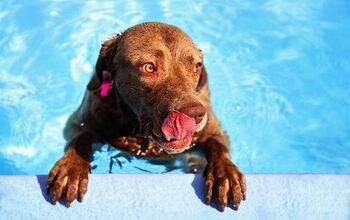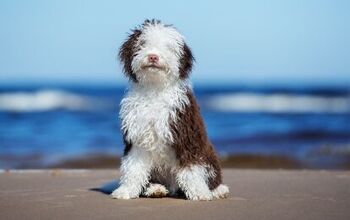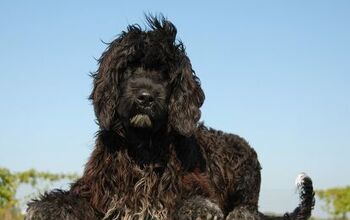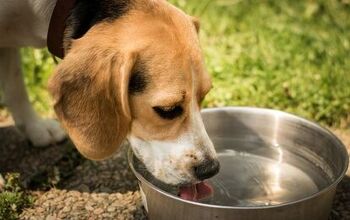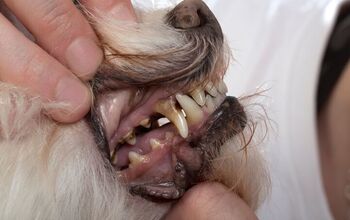Moscow Water Dog


About Moscow Water Dog
If you’ve never heard of the Moscow Water Dog, you’re not alone. Not only was this breed never bred in significant numbers, but it is said to be currently extinct. Developed from familiar breeds like the Newfoundland and the Caucasian Shepherd Dog, this breed had great potential. Unfortunately, it failed to live up to that potential and, as a result, was never fully developed.
Developed from familiar breeds like the Newfoundland and the Caucasian Shepherd Dog, the Moscow Water Dog is a rare breed.
The Moscow Water Dog is an extinct breed that was last seen sometime during the 1980s. The breed was commissioned by the Russian government and developed by the Russian Navy in an attempt to create the ultimate rescue dog. By combining the Newfoundland, the Caucasian Shepherd Dog, and the East European Shepherd, the Russian Navy succeeded in creating a large breed with a heavy double coat that could withstand rough weather and cold water. Unfortunately, the dog also had an aggressive nature and was more inclined to bite drowning victims than to rescue them. As such, the Russian Navy scrapped the breeding program and the breed went extinct sometime during the 1980s.
Related: Top 11 Snuffle Mats For Dogs
The Moscow Water Dog was bred from the Newfoundland, the Caucasian Shepherd Dog, and the East European Shepherd.
Were the Moscow Water Dog still in existence, he would require a high-quality dog food formulated for large and giant breeds. As a rescue dog, this breed only has moderate exercise requirements and energy levels, so an active or working formula would not likely be necessary.
Though the Moscow Water Dog was developed from a number of intelligent breeds, it is likely that he was very difficult to train.
Though the Moscow Water Dog was developed from a number of intelligent breeds, it is likely that he was very difficult to train. With his aggressive nature, it is possible that he also had a tendency toward independence and dominance. This breed would have required an experienced dog owner and a firm hand in leadership and authority in order to curb his aggressive tendencies. Even the Russian Navy was not able to counteract these tendencies, however, so it is possible that no amount of training would have turned the Moscow Water Dog into a family-friendly pet.
Related: Top 15 Toys for Clean Dog Teeth
Because the Moscow Water Dog no longer exists, it is difficult to provide details about his size. Based on his breeding, however, it is likely that he stood somewhere between 26 and 30 inches and weighed over 100 pounds at maturity.
The Moscow Water Dog was bred from the Newfoundland and several European shepherds. The Newfoundland is one of the gentlest, most family-friendly breeds out there. Unfortunately, the European shepherds used in the crossing are not known for their gentility. The Caucasian Shepherd Dog is a very large, aggressive breed prone to dog-aggression and known for snapping at strangers and anyone they perceive as a threat. The Newfoundland’s gentle nature did not win out against the Caucasian Shepherd Dog’s poor temperament and the Moscow Water Dog became known as an aggressive, unfriendly breed. This is what led the Russian Navy to halt its development.
The Moscow Water Dog was only developed for a short time, so there is no concrete information about health problems affecting the breed. Due to his size, however, he was likely prone to musculoskeletal issues such as hip and elbow dysplasia as well as gastric torsion or bloat. With Newfoundland blood in his pedigree, cardiovascular problems, Addison’s disease, and hypothyroidism are also possible. The Caucasian Shepherd Dog is also affected by heart problems and musculoskeletal issues, though they are generally healthy. This breed is also likely to have been at-risk for obesity.
The average lifespan for the Moscow Water Dog was probably between 8 and 12 years.
Bred from the Newfoundland and the Caucasian Shepherd Dog, the Moscow Water Dog likely had moderate needs for exercise. This breed was developed for rescue, so he would need to have some degree of stamina, but he was not likely to be highly active in the home environment.
No amount of training would have turned the Moscow Water Dog into a family-friendly pet.
The Moscow Water Dog is no longer in existence, so it is not recognized by the AKC. Considering that it was developed by the Russian Navy, had it been fully developed it would have likely been recognized by the Russian Kynological Federation (RKF) and the national Russian FCI member association.
Bred for water rescue, the Moscow Water Dog likely had a thick double coat to protect him from cold water. Like the Newfoundland, the primary color for this breed was dark brown to black and they were likely heavy shedders as well.
The average litter size for the Moscow Water Dog is unknown because its development was so short-lived. Based on the breed’s size and pedigree, however, it is likely that the average litter size would have been between 4 and 12 puppies. Being a large or giant breed, the Moscow Water Dog probably also took up to 2 years to reach his full size and growth would have needed to be controlled through careful feeding to avoid predisposing the puppy to musculoskeletal issues in adulthood.
Photo credit: Igor Stomakhin/Shutterstock

Kate Barrington is the loving owner of two cats (Bagel and Munchkin) and a noisy herd of guinea pigs. Having grown up with golden retrievers, Kate has a great deal of experience with dogs but labels herself a lover of all pets. Having received a Bachelor's degree in English, Kate has combined her love for pets and her passion for writing to create her own freelance writing business, specializing in the pet niche.
More by Kate Barrington




